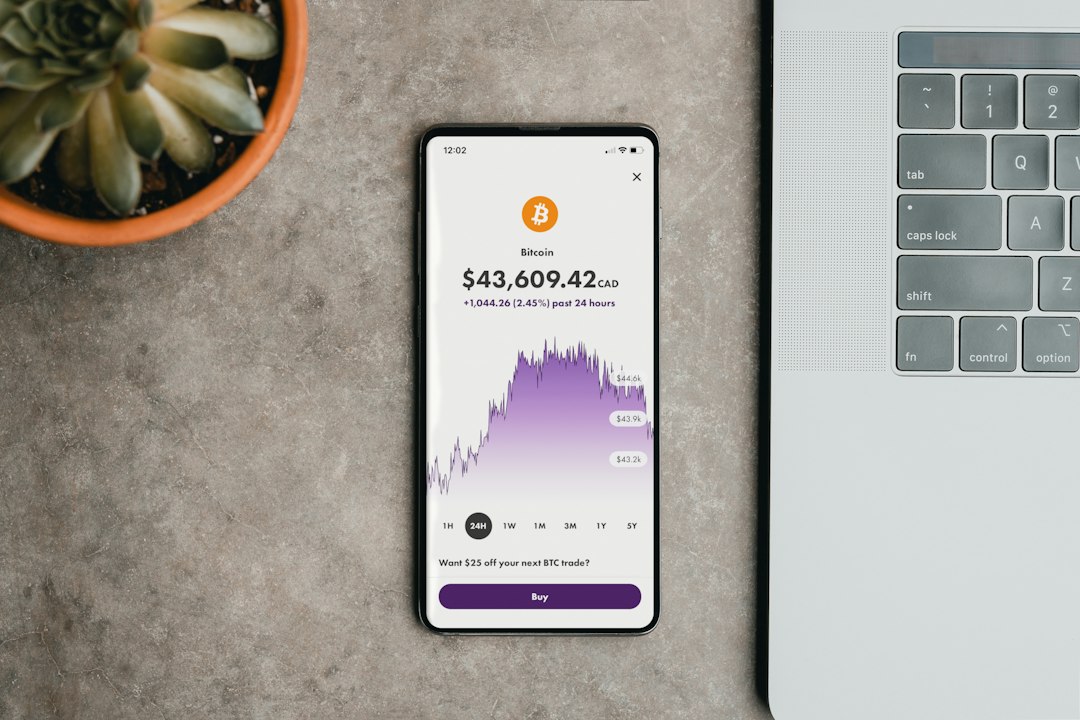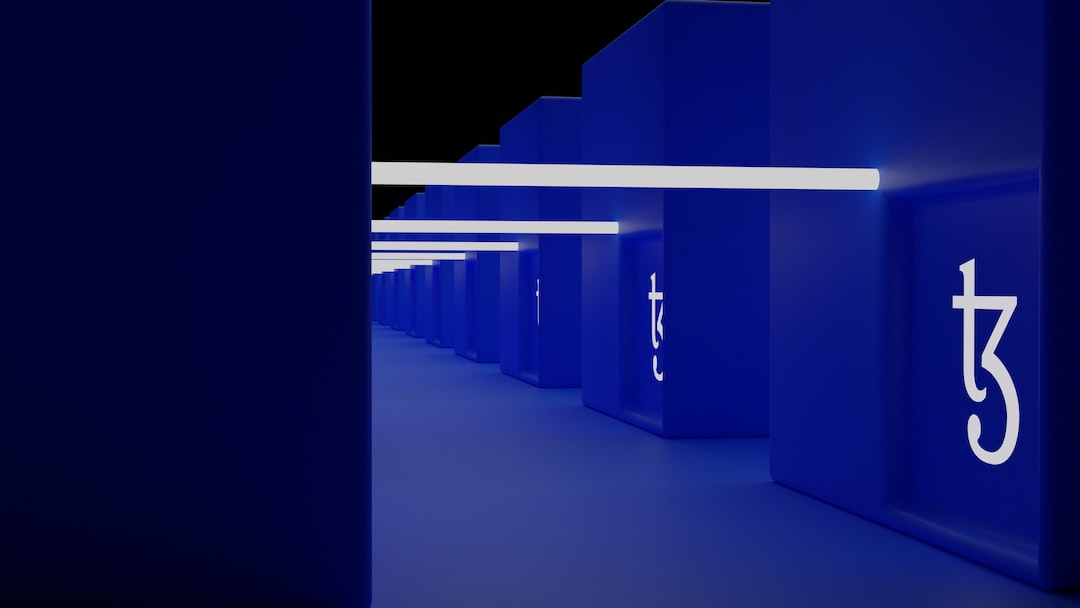The Mechanics Behind UMA Coin: Exploring the Oracle and Priceless Synthetic Smart Contracts
When it comes to cryptocurrency, there are a plethora of options to choose from. One such option is UMA coin, a unique and innovative cryptocurrency that operates on the Ethereum blockchain. UMA, which stands for Universal Market Access, is designed to enable anyone to create and access financial contracts using smart contracts and decentralized oracles. In this article, we will explore the mechanics behind UMA coin, focusing on its oracle and priceless synthetic smart contracts.
Understanding UMA Coin
Before diving into the mechanics behind UMA coin, it’s important to understand what it is. UMA is an open-source protocol that allows developers to create their own financial contracts on the Ethereum blockchain. These contracts can represent any type of financial derivative, including tokens that track the price of stocks, commodities, or even other cryptocurrencies. The goal of UMA is to make financial markets more accessible and efficient by eliminating barriers to entry and reducing reliance on centralized intermediaries.
The Role of Oracles in UMA
One of the key components of UMA’s infrastructure is its use of oracles. Oracles are external data feeds that supply smart contracts with information about the real world. In the case of UMA, oracles are used to provide price data for various assets, allowing smart contracts to settle and enforce financial contracts based on this data.
UMA takes a unique approach to oracles by utilizing a decentralized oracle design. This means that multiple independent parties are responsible for providing price data, which is then aggregated and used as the basis for settling financial contracts. This approach helps to mitigate the risk of manipulation or inaccuracies in the price data, as no single entity has control over the oracle system.
Priceless Synthetic Smart Contracts
Another important aspect of UMA’s mechanics is its use of priceless synthetic smart contracts. Traditional financial derivatives rely on collateral to ensure that all parties fulfill their obligations. However, UMA’s priceless synthetic smart contracts operate differently.
With UMA’s priceless synthetic smart contracts, collateral is not required for every position. Instead, these contracts use a concept called “priceless” positions, where certain positions are not fully collateralized but instead rely on economic incentives to ensure they are settled correctly. This innovative approach allows for greater flexibility in creating and accessing financial derivatives while still maintaining security and reliability.
How You Can Participate in UMA
If you’re interested in getting involved with UMA coin, there are a few ways you can participate. One option is to simply hold UMA tokens as an investment. By holding UMA tokens, you can potentially benefit from the growth and adoption of the protocol as more developers create financial products using UMA.
Another way to participate in UMA is by creating your own synthetic assets using the protocol’s smart contract system. This allows you to gain exposure to a wide range of assets without needing direct ownership or custody of those assets. Additionally, you can participate in providing price data as an oracle for the protocol, helping to ensure accurate settlement of financial contracts.
Symbols and Acronyms
- Ethereum: A decentralized platform that enables developers to build and deploy smart contracts.
- UMA: Universal Market Access; an open-source protocol for creating decentralized financial derivatives.
- Oracle: An external data feed that supplies smart contracts with real-world information.
- Synthetic Assets: Tokens that represent ownership or exposure to real-world assets without needing direct ownership or custody of those assets.
FAQs
What makes UMA coin different from other cryptocurrencies?
UMA distinguishes itself through its focus on creating decentralized financial derivatives using priceless synthetic smart contracts and decentralized oracles. This unique approach sets it apart from other cryptocurrencies focused solely on transactions or store-of-value functions.
How secure is UMA’s oracle system?
The decentralized oracle design used by UMA mitigates many common risks associated with centralized oracle systems, such as manipulation or inaccuracies in price data. By leveraging multiple independent parties for price data aggregation, UMA’s oracle system enhances security and reliability.
Can I create my own financial products using UMA?
Absolutely! The open-source nature of the protocol allows developers to easily create their own financial products using UMA’s smart contract system. Whether it’s tokens representing stocks, commodities, or other cryptocurrencies, the possibilities are endless.
In conclusion
There’s no denying that UMA coin offers a unique and innovative approach to creating decentralized financial derivatives. By leveraging decentralized oracles and priceless synthetic smart contracts, UMA provides a platform for anyone to access and create a wide range of financial products without traditional barriers.
If you’re interested in exploring new opportunities within the cryptocurrency space while contributing to a more accessible and efficient financial market ecosystem, consider delving into the mechanics behind UMA coin.
So what are you waiting for? Dive into the world of decentralized finance with UMA coin today!





 By
By
 By
By
 By
By
 By
By
 By
By